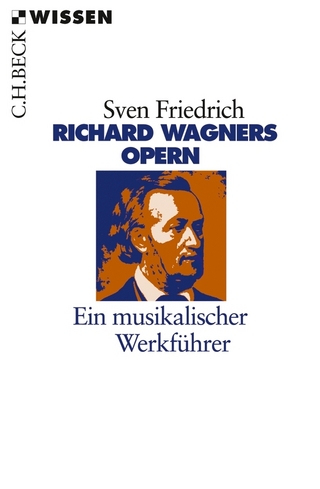
Vaughan Williams in Context
Cambridge University Press (Verlag)
978-1-108-49332-1 (ISBN)
Challenging residual doubts about Vaughan Williams's role and significance within twentieth-century music and culture, this book places and explores his life and music in their broad musical, cultural, social, and political contexts. Chapters by scholars from a range of disciplines re-evaluate the composer's life and career within a world marked by both rapid change and refigured traditions. Building on scholarship that has established Vaughan Williams as aesthetically and politically progressive, the book furthers a revisionist perspective by broadening understandings of the nature of his responses to the twentieth century. This portrait of a modern composer emerges not merely by focusing on under-represented interests and pursuits, but also by contextualizing those activities that have been misrepresented as conservative or backward-looking.
Julian Onderdonk is a Professor of Music History at West Chester University of Pennsylvania. He has published on Vaughan Williams's folk-song collecting, hymn-tune editing, and political beliefs in various journals and book collections, including Folk Music Journal and The Cambridge Companion to Vaughan Williams (2013). Ceri Owen is Lecturer in Performance and Director of Performance at the Department of Music, University of Birmingham. She has published articles on Vaughan Williams in leading journals, following the completion of a DPhil on the composer's work at the University of Oxford.
Introduction Ceri Owen and Julian Onderdonk; Part I. Biography, People, Places: 1. London and the modern City Alain Frogley; 2. Personality David Manning; 3. Correspondents Hugh Cobbe; 4. Women Erica Siegel; 5. Friends outside music Roger Savage; 6.Cambridge Karen Arrandale; Part II. Inspiration and Expression: 7. Early development Jeremy Dibble; 8. Romanticism Benedict Taylor; 9. Amateur music and musicians Julian Onderdonk; 10. Performance Jonathan Clinch; 11. Modalities of landscape Daniel M. Grimley; Part III. Culture and Society: 12. Politics J. P. E. Harper-Scott; 13. Liberalism and landscape Sarah Collins; 14. The English folk revival Georgina Boyes; 15. Christian socialism and the English hymnal Katie Palmer Heathman; 16. Pageantry Alexander Hutton and Paul Readman; 17. History and the spirit of revivalism Deborah Heckert; 18. War Eric Saylor; Part IV. Arts: 19. Literature Matthew Ingleby and Ceri Owen; 20. Visual art Tim Barringer; 21. Theatre, 1895–1914 Roger Savage; 22. Dance Rishona Zimring; 23. Film Peter Franklin; Part V. Institutions: 24. 'Wanting' the home-grown composer: opportunities and encouragement after the First World War David C. H. Wright; 25. Concert life and programming Simon McVeigh; 26. The arts council and evolving public policy Andrew Pinnock and Julian Onderdonk; 27. The Second World War: a national figure Heather Wiebe; 28. Working with the BBC Duncan Hinnells; Part VI. Reception: 29. Reception outside England, 1901–1914 Allan W. Atlas; 30. Interwar continental reception Aidan J. Thomson; 31. Early recordings Ryan Ross; 32. Reception in the USA: a special relationship Alain Frogley.
| Erscheinungsdatum | 23.03.2024 |
|---|---|
| Reihe/Serie | Composers in Context |
| Zusatzinfo | Worked examples or Exercises |
| Verlagsort | Cambridge |
| Sprache | englisch |
| Maße | 152 x 229 mm |
| Gewicht | 664 g |
| Themenwelt | Kunst / Musik / Theater ► Musik ► Klassik / Oper / Musical |
| ISBN-10 | 1-108-49332-7 / 1108493327 |
| ISBN-13 | 978-1-108-49332-1 / 9781108493321 |
| Zustand | Neuware |
| Haben Sie eine Frage zum Produkt? |
aus dem Bereich


